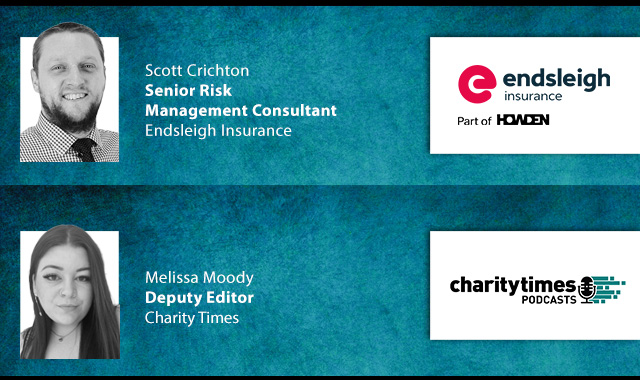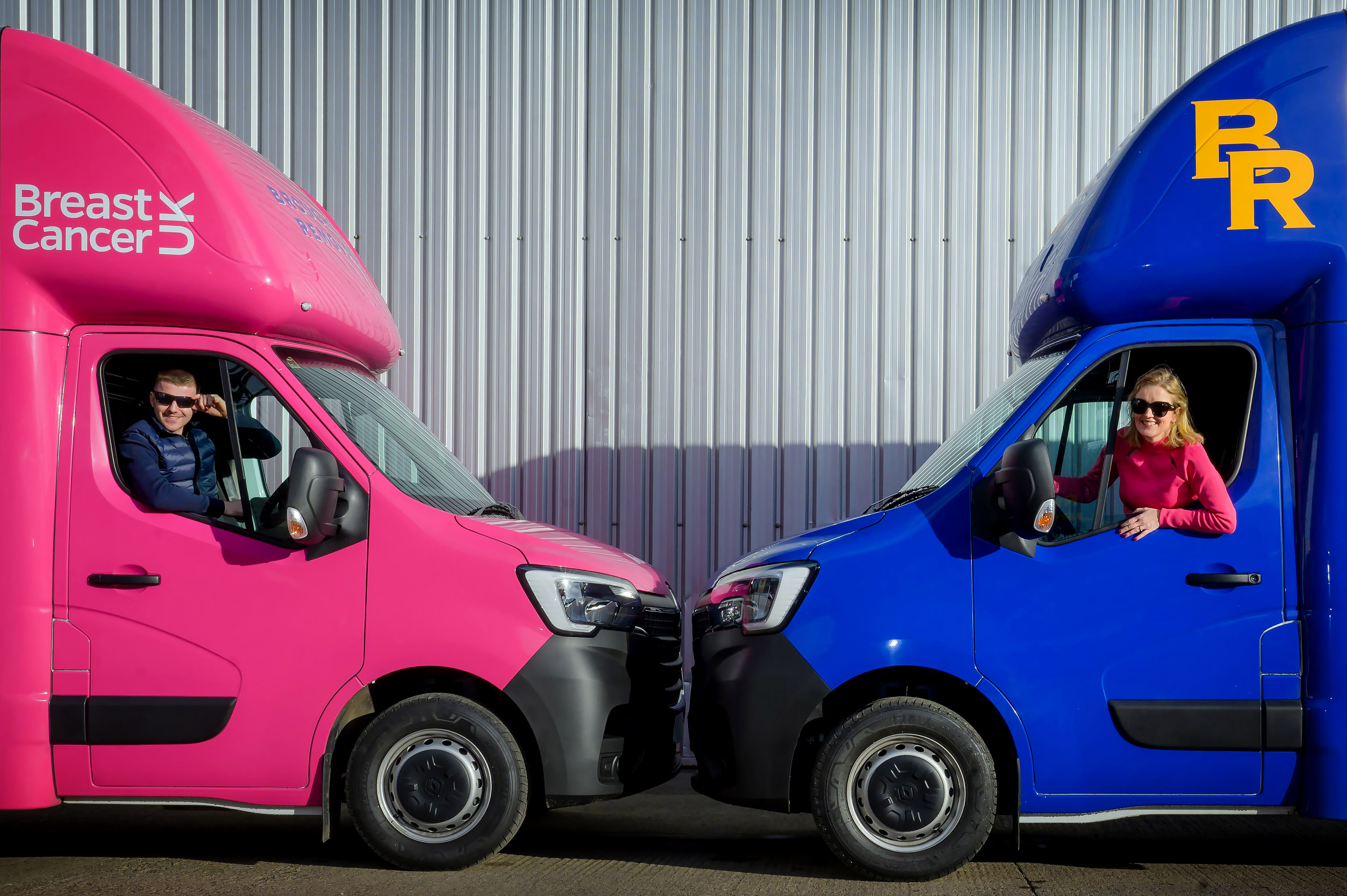Imagine there were a partnership between, let’s say, a large supermarket and a mental health charity. The deal is that in exchange for staff and customer fundraising, the charity would help the retailer develop an effective internal mental health policy and would deliver fun but educational sessions on maintaining a healthy mind for staff and customers. The charity raises money while meeting its mission; the supermarket has a stronger team and enhances its offering for customers; shoppers are healthier and happier. It’s a win-win-win.
This could be the future of charity/corporate relationships. Indeed, in some quarters it already is. These days corporate fundraising is not just about getting a business to hand over a cheque. Instead the focus is on high-value strategic partnerships.
Strategic partnerships
As the 2015 Corporate NGO Partnerships Barometer from the consultancy C & E Advisory shows, over the last six years there has been a “significant overall shift towards strategic partnerships” – 55 per cent of cross-sector partnerships are identified as “strategic” as opposed to transactional or tactical.
“The days of pure philanthropy are long gone”, explains chief executive, Manny Amadi. “The perfect partnership is one that is mission-led on the charity side, and purpose-led on the corporate side. It is strategic, long-term and both partners are focused on solving a problem”.
Oxfam’s head of corporate partnerships, Alex Lankester, agrees: “We only really want to work with companies that take seriously the issues we are working on,” she says.
However, while many charities understand the value of these strategic partners, it would appear others need to catch up. While 71 per cent of corporate respondents to C&E Advisory’s Barometer classify their partnerships as “strategic”, only 40 per cent of NGO respondents do the same. “The findings seem to indicate that the corporate sector remains ahead of NGOs in understanding the strategic importance and overall position of partnerships in yielding value for stakeholders,” says the report.
Currently, just 2 per cent of the sector’s total income comes from business, according to 2015 research by the Institute of Fundraising and the consultancy Good Values. With more than 3.5 million active registered companies in the UK, and only 7 per cent of respondents to the Good Values report believing their corporate fundraising to be “fully developed”, there is a lot of potential for growth.
Perfect partners
Jeremy Gould is chair of the Institute of Fundraising’s corporate fundraising special interest group and interim head of fundraising at World Child Cancer. He suggests that rather than think primarily about income, fundraisers should take a step back and think about which corporate would be the perfect partner to help achieve the organisation’s mission. “For example, here at World Child Cancer, our key challenge is a lack of awareness in the UK so for us our perfect partner would be someone that could help us reach a mass market.” He refers to how a previous appeal with the Financial Times not only raised a lot of money at the time but gave the charity access to high-net-worth individuals with whom they have been able to develop on-going relationships.
Joe Saxton, driver of ideas at nfpSynergy, also believes there is a wealth of opportunities out there for the taking – particularly if fundraisers apply a little creative thought to the way in which they work. In his report, In good company – Taking corporate partnerships into new dimensions, he identifies a number of models for corporate partnerships, ranging from those which focus on corporate customers through to ones which involve paying to volunteer. His favourite, however, is “New products for new audiences”.
Saxton writes: “There are huge opportunities in the financial services marketplace for new products that benefit charities and provide differentiation amid a crowded range of hard to distinguish products… Given the level of pensions, life insurance, mortgages, savings, ISAs, and other products that middle class baby boomers buy, the potential is huge.”
Saxton identifies that there are formidable obstacles to developing these products – conforming to regulation chief among them. Indeed, given that Age UK found itself at the centre of some very negative coverage about its partnership with EON which offered a fixed energy tariff to its supporters and beneficiaries, Charity Times readers would do well to question whether this is a sensible kind of partnership to pursue.
Offer
The answer to that depends very much on the deal on offer. Oxfam, for example, has a charity credit card deal with the Co-Op, which sees 25p being donated for every £100 that is spent on the card or transferred to it.
“You need to be totally transparent about the agreement to supporters. We make a real point of being very explicit about the commercial offerings we have available to supporters,” says Oxfam’s Lankester.
Whether a charity is looking to develop a new financial product or simply looking for a charity-of-the-year partnership, scrutinising the offering is of paramount importance.
There are a number of factors that should be considered before any deal is signed, including ethics; regulatory requirements; and expectations on both sides.
Let’s take ethics first. Sensible charities will have guidelines in place that outline the types of corporates they will and won’t work with. Any company whose business activities are detrimental to the charity’s cause should be ruled out immediately.
“More often than not these decisions are easy to make,” says James Hails, head of corporate partnerships at the British Heart Foundation. “Naturally, you are not going to see us raising funds through the tobacco industry, through the sale of alcohol or the promotion of unhealthy foods. But food and soft drinks do remain a focus. We have a stringent process in place for assessing the suitability of partners, including a BHF nutritionist carefully looking at the ingredients of every product.”
The Charity Commission stipulates that a process of due diligence must be carried out before engaging in any partnership, something BHF’s Hails agrees with the value of. Investing time and energy into due diligence “mitigates any potential risk later in the relationship”, he says.
This risk could come from outside (would the partnership pass the Daily Mail test, for example?) or even internally – many charity workers abhor the idea of working with corporates no matter what value they may offer. Having a defined set of guidelines from the beginning, ideally ones that are made publicly available, can help soothe the concerns of fellow workers and supporters, and quash the interest of journalists who are trying to sniff out a story.
Tax is another area for consideration. Sponsorship deals that involve the use of a corporate’s logo or which involve the provision of entertainment and hospitality, could mean that VAT is payable. Care should be taken to ensure VAT and other tax consequences are taken into account otherwise the charity could find itself out of pocket. The Charity Commission offers more advice on this area, along with details of the all the rules and regulations that must be followed in relation to corporate fundraising.
Delivery
Assuming all legal and tax matters are complied with, success is then determined by the way in which the partnership is delivered. Challenges should be expected, no matter how well the two partners “fit”.
“These might be operational challenges where one party isn’t delivering, to issues with the power dynamic,” says Amadi.
He believes that being clear about the rules of engagement, and setting out values and principles at the beginning can help avoid issues, but advises: “Even the best partnerships in the world can experience problems. It is how you address these together that is important.”
Another key challenge is around delivering precisely what the corporate expects in terms of KPIs.
“They need to see a return on their investment so want top-line numbers that will fit their reporting requirements, such as number of beneficiaries reached and difference made,” says Lankester.
“However, it is not always possible to fit a programme that is addressing complicated issues into a simplistic KPI framework. To overcome this, you need a lot of trust and understanding. Taking the corporate to visit the work in action can also be transformative as it helps them understand the complexity of what you are trying to do.”
All that said and done, while charities should be realistic about what they can achieve, they shouldn’t limit their aims or creativity. “Be bold,” says Gould.
“Corporates can offer some of the most exciting and impactful partnerships, and bring great value in terms of both income raised and mission achieved.”
Becky Slack is a freelance journalist
Latest News
-
Hospice charity axes senior management tier to tackle deficit
-
Former government minister becomes children's charity's first CEO
-
Mencap takes over closed charity’s shops amid retail expansion
-
Breast cancer charity founder steps down after 30 years
-
Dr Alex Rhys: Why quiet leaders belong in charity leadership
-
Charities to benefit from £3.1m from insurer
Charity Times video Q&A: In conversation with Hilda Hayo, CEO of Dementia UK
Charity Times editor, Lauren Weymouth, is joined by Dementia UK CEO, Hilda Hayo to discuss why the charity receives such high workplace satisfaction results, what a positive working culture looks like and the importance of lived experience among staff. The pair talk about challenges facing the charity, the impact felt by the pandemic and how it's striving to overcome obstacles and continue to be a highly impactful organisation for anybody affected by dementia.
Charity Times Awards 2023
Mitigating risk and reducing claims

The cost-of-living crisis is impacting charities in a number of ways, including the risks they take. Endsleigh Insurance’s* senior risk management consultant Scott Crichton joins Charity Times to discuss the ramifications of prioritising certain types of risk over others, the financial implications risk can have if not managed properly, and tips for charities to help manage those risks.
* Coming soon… Howden, the new name for Endsleigh.
* Coming soon… Howden, the new name for Endsleigh.
Better Society

© 2021 Perspective Publishing Privacy & Cookies










Recent Stories